It takes thousands of people to build a lunar spacecraft, let’s meet them and see what they do. Today: ESA’s Philippe Deloo.
What is your name and your role on the European Service Module?
My name is Philippe Deloo, I have been the project manager of the European Service Module for Orion from the beginning of the programme in 2011 until now.
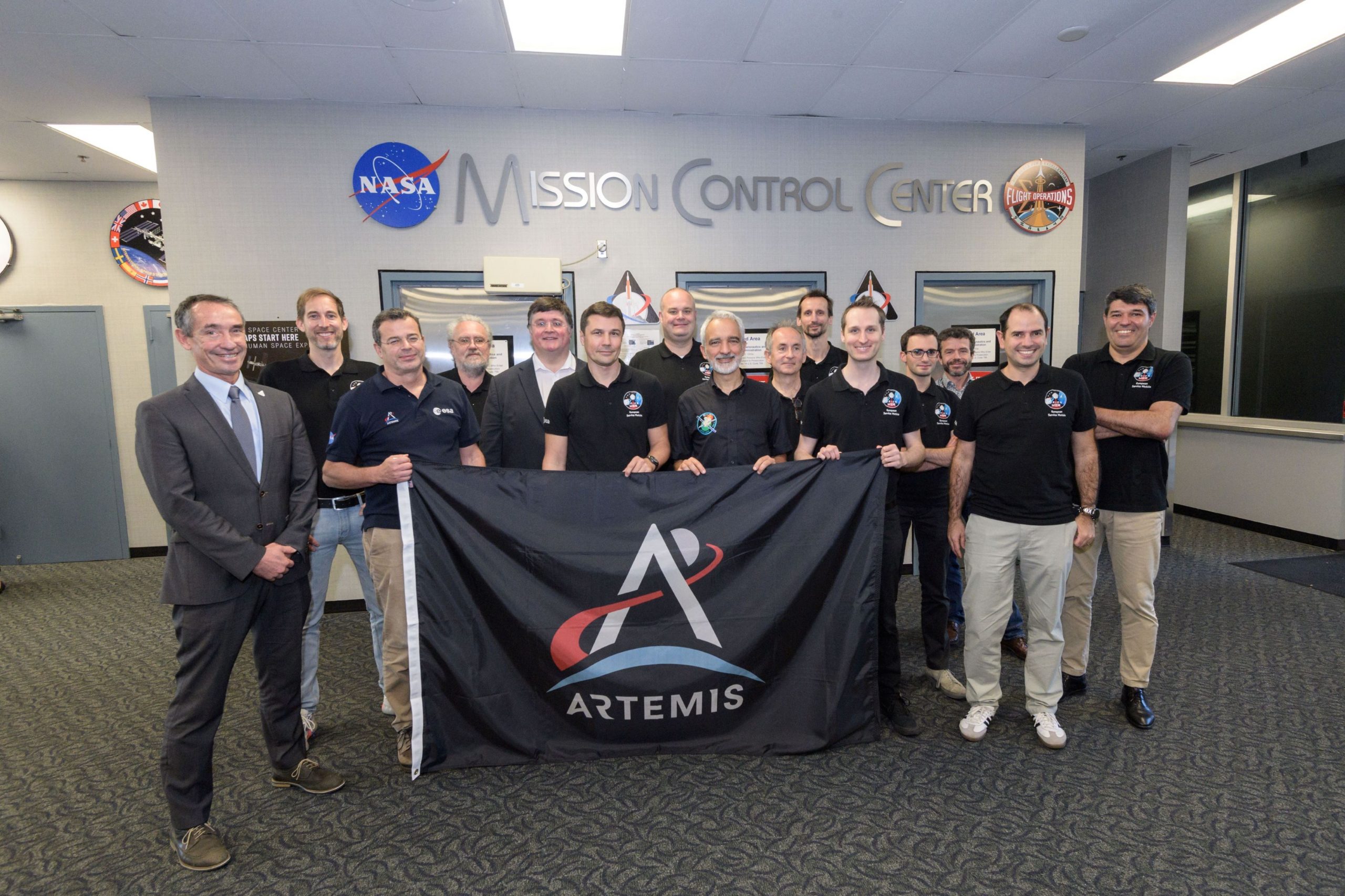
The ESA ESM team during Artemis I at NASA’s Mission Control Center in Houston
Credit: ESA-ESM team
How long have you been involved in European Service Module’s development and what were/are your tasks?
I have managed the programme from the very beginning when it was only an idea under discussion. My management tasks have evolved together with the state of development of the project; being a project manager in the phase when the module architecture is being defined is very different from the phase when the module is under production or flight operations. I had the privilege to manage the programme through all the phases that a spacecraft project goes through, starting from initial studies, into consolidating the design, manufacturing, verification, launch preparation, flight operations and post-flight analyses. Parallel to this work for Artemis I, we started the production of ESMs for the future Artemis missions. So yes, my work entailed a wide range of management tasks essentially covering all aspects of the life of a space programme, including the negotiation of over 400 contractual changes due to the dynamic evolutions of the Artemis mission over the years.
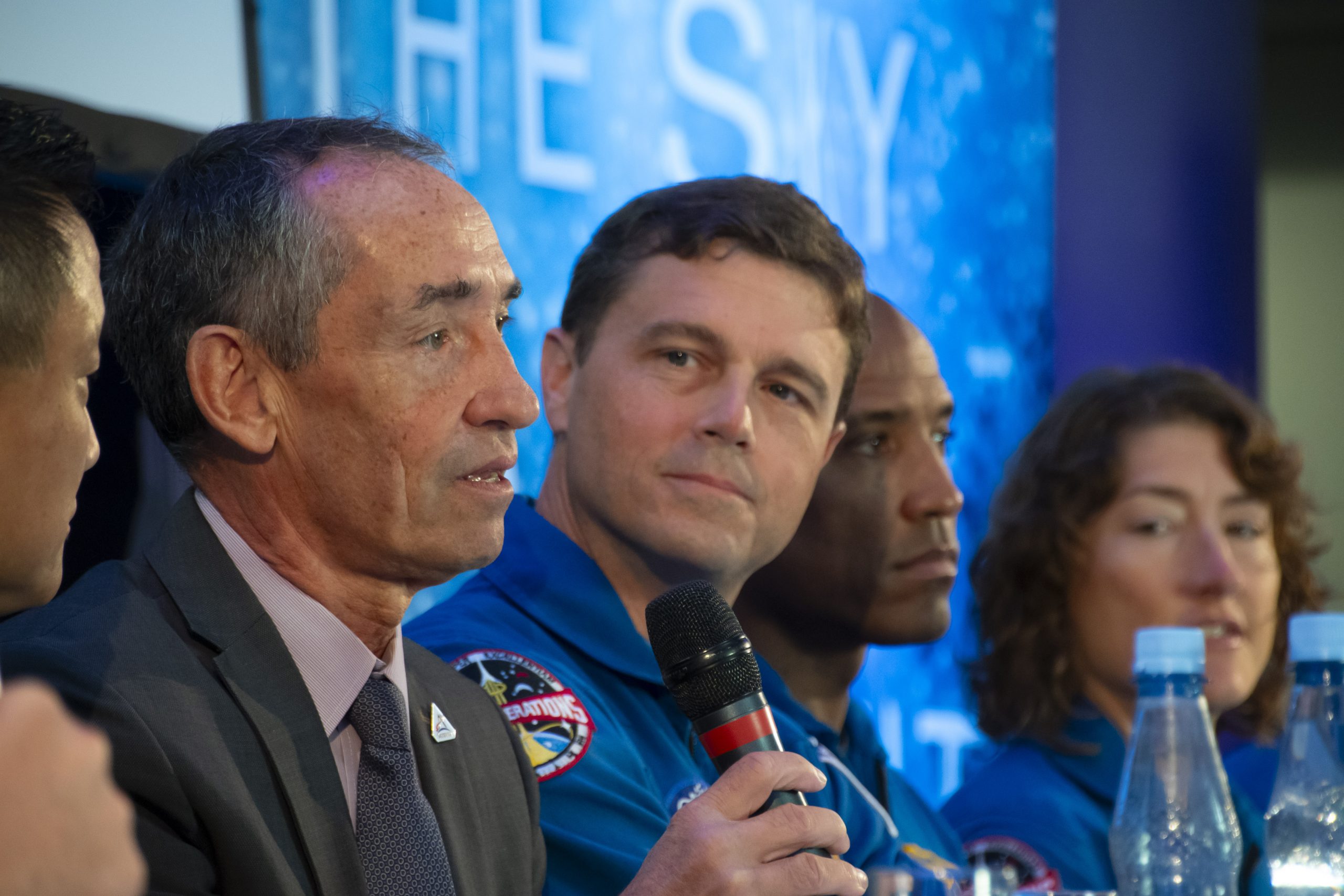
Philippe Deloo speaks at the Artemis II media day event in Airbus, Bremen
Credit: ESA-J. Harrod
What is your educational background and prior work experience? How did you come to work on the European Service Module?
I am an engineer who studied mechanical engineering with a specialisation in aerospace in Belgium, before obtaining a master’s degree from Cranfield University in aeronautics and in-flight mechanics. I started my career as a structural engineer, working on projects like Hubble and supporting many ESA projects from a structural aspect, from Cluster and Envisat to Rosetta and even Ariane 5. I spent around five years supporting the Hubble programme, redesigning the second set of solar arrays to eliminate the disturbances causing jitter to the vehicle, which was affecting the quality of the images.
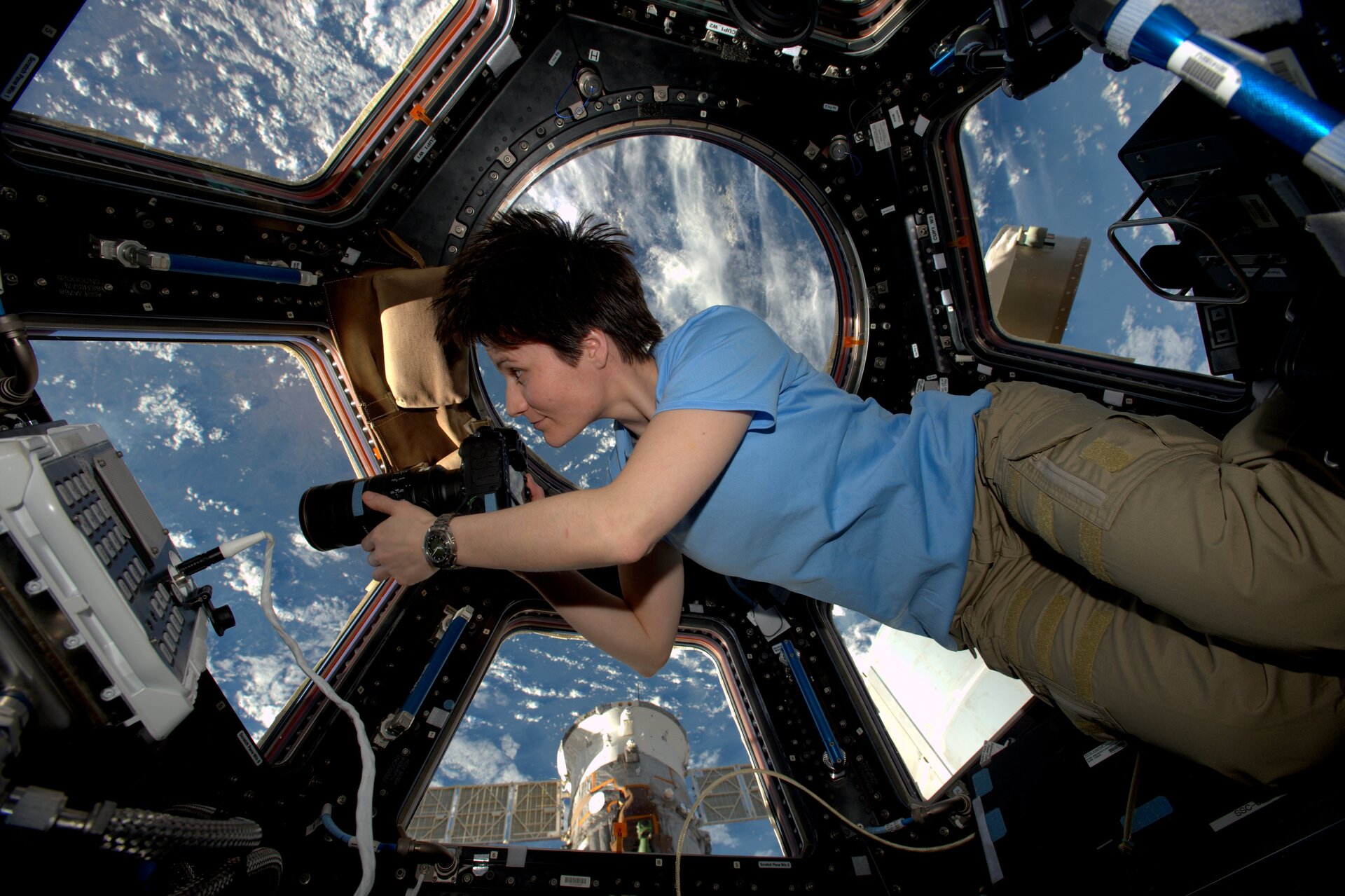
ESA astronaut Samantha Cristoferetti in the Cupola module of the International Space Station
Credits: ESA/NASA
Then I left the technical area and moved into other projects, notably for the International Space Station. I started working as a systems engineer on the Cupola; the structure of this module is important because the windows from which astronauts love to look at Earth are made of a glass and a lot of work is needed to make sure the surrounding structure will not deform and cause it to crack or break. Later, I became the project manager for the Cupola and following that I acquire the management for the Node 2 and Node 3 project of the Station (Harmony and Tranquility). By 2010, all these projects were successfully operating in orbit on the Station, and our human and robotics directorate was looking for someone to manage the European contribution to what would become Orion. So, in spring of 2011, I was asked to travel to NASA’s Johnson Space Center in the United States for a first meeting to discuss the possibility of ESA providing the European Service Module of Orion to NASA.
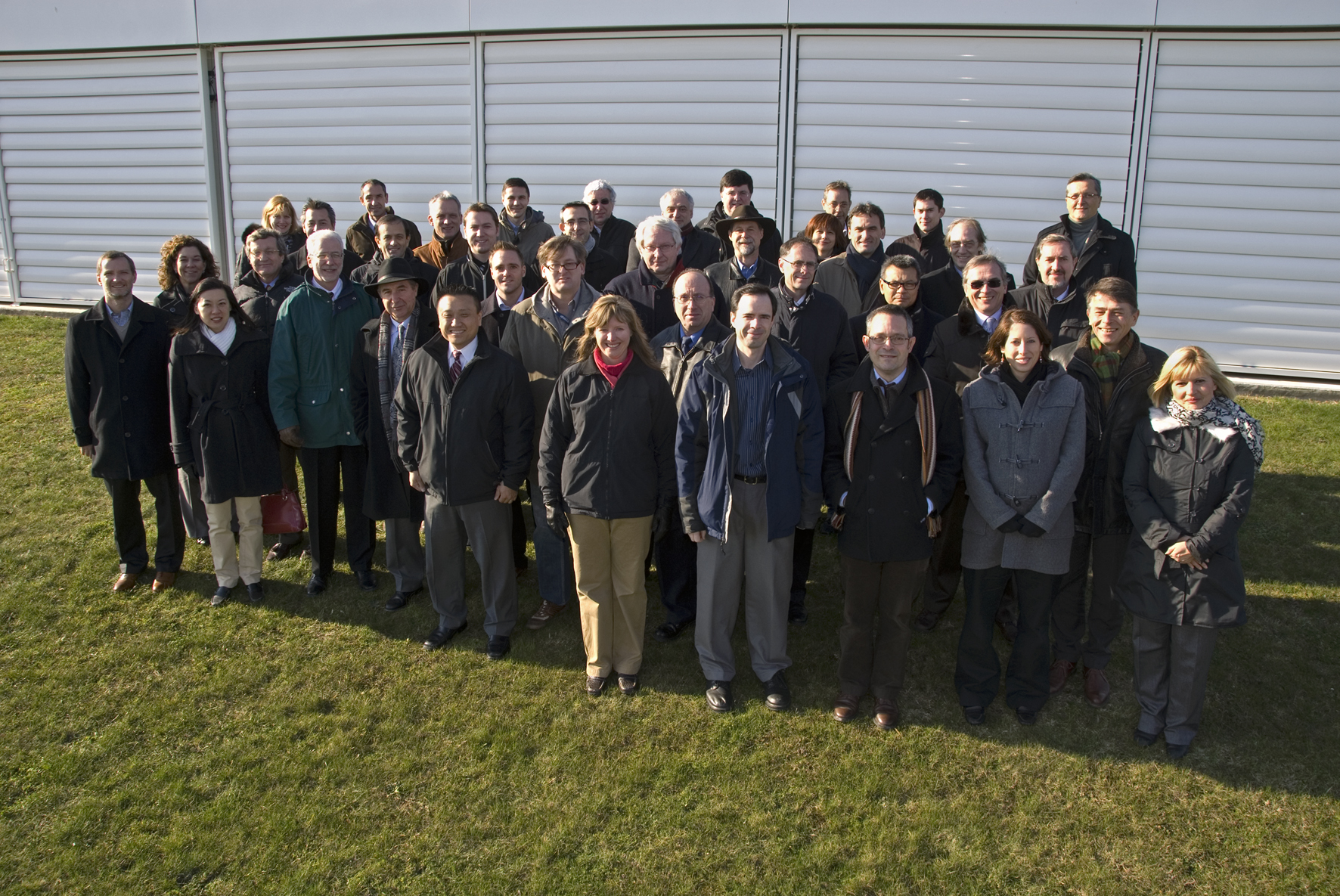
The Orion team from ESA, NASA, Airbus and Lockheed Martin at Les Mureaux back in 2012
Credit: Airbus
What is the most notable or memorable moment during your time working on the European Service Module?
I would say it is the moment when our European Service Module detached from the crew module at the end of the Artemis I mission and we could say: mission accomplished! I remember, we were in the viewing room behind the mission control centre at Houston, and at that moment, we knew we had done our job, that everything had worked as it should and that the mission was successful. For me, this was the highlight of my career. Working on Cupola, Node 2 and Node 3 were also great experiences, but there wasn’t such a single moment where we could say “mission accomplished, all objectives are met”; these structures are still functioning today as part of the International Space Station and will continue to do so hopefully for many years to come. However, with this mission, when we detached and let our European Service Module burn in the atmosphere, we could say that it had done everything it needed to; this satisfying finality is not something you can have the opportunity of experiencing with every project.
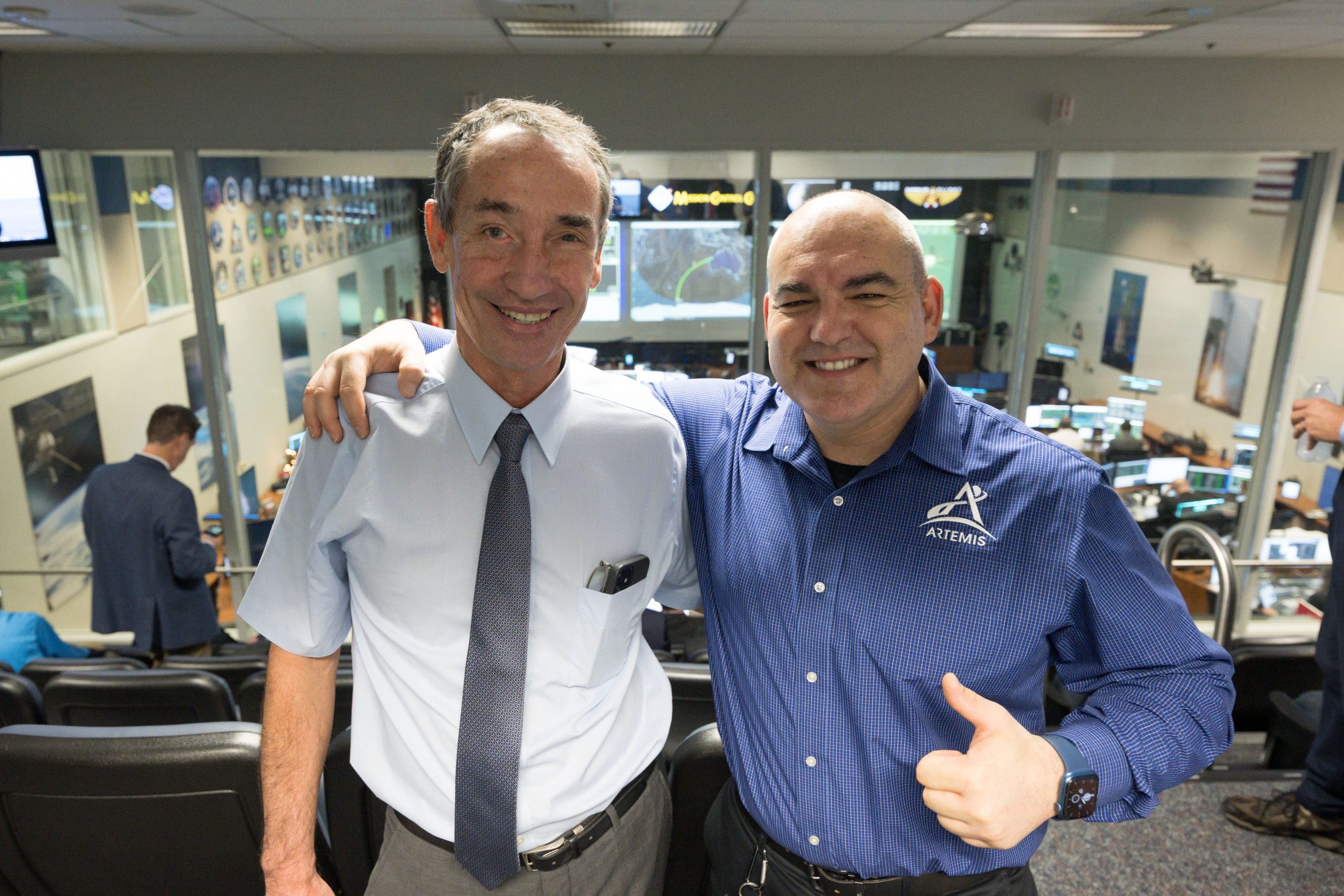
Philippe Deloo and Carlos Garcia-Galan at the NASA Houston Mission Control Center during Artemis I
Credit: ESA
What does it mean to you to be part of the larger team offering humans a place to stay around the Moon?
Great pride, of course, at being part of this international endeavour to go back with humans on the Moon’s surface, and a great satisfaction to help us move towards this goal and to have done this job successfully. This started in 2011 with just an idea, and today we have a successful demonstration mission which showed that our European Service Module does the job it needs to and more, and with five more ESMs already being built and three more being procured for future Artemis missions, this is only the beginning of the journey.
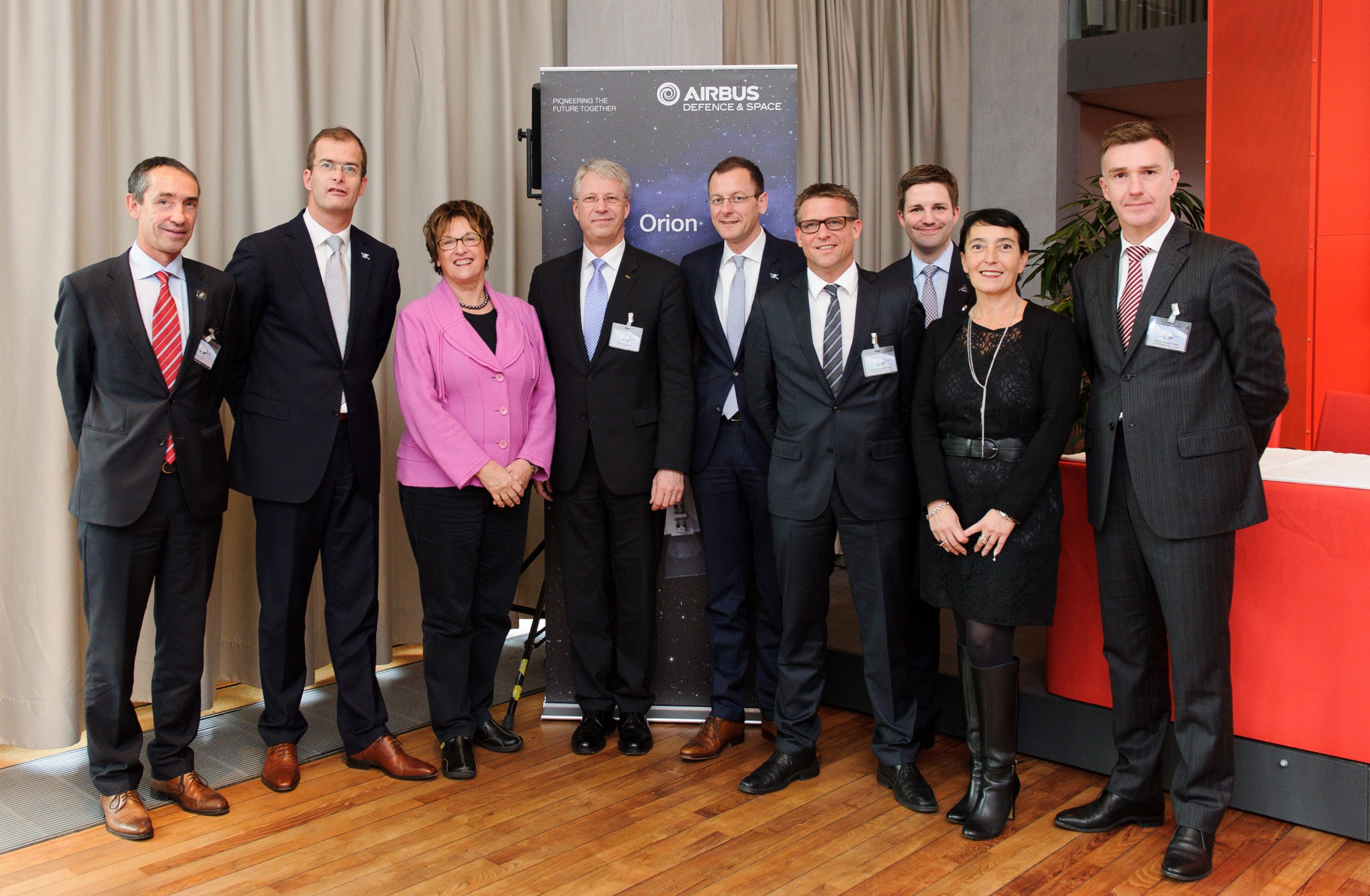
Signature of the contract between ESA and Airbus for the second batch of European Service Modules
Credit: Airbus
What is one thing you’d like the European public to know about your job?
In my personal view, I have the best job in the agency. As a project manager, you get the best of both worlds: you are close enough to the technical aspects that you need to be able to understand, but you must also always keep the big picture in your mind to make the big decisions that are critical for the project’s success. Everyone in the team has his field of responsibility; as project manager, you need to balance all aspects, risk, schedule and budget, while ensuring that you reach your goal. You can consider making every single element perfect, but is it worth it or affordable in terms of the cost and schedule, or is a workaround good enough to achieve the objectives of the project? Not everything needs to be perfect, but you do need to achieve your main goal: a successful mission. This is the challenge of being project manager: ensuring you always have the right information to make informed decisions with an acceptable risk.
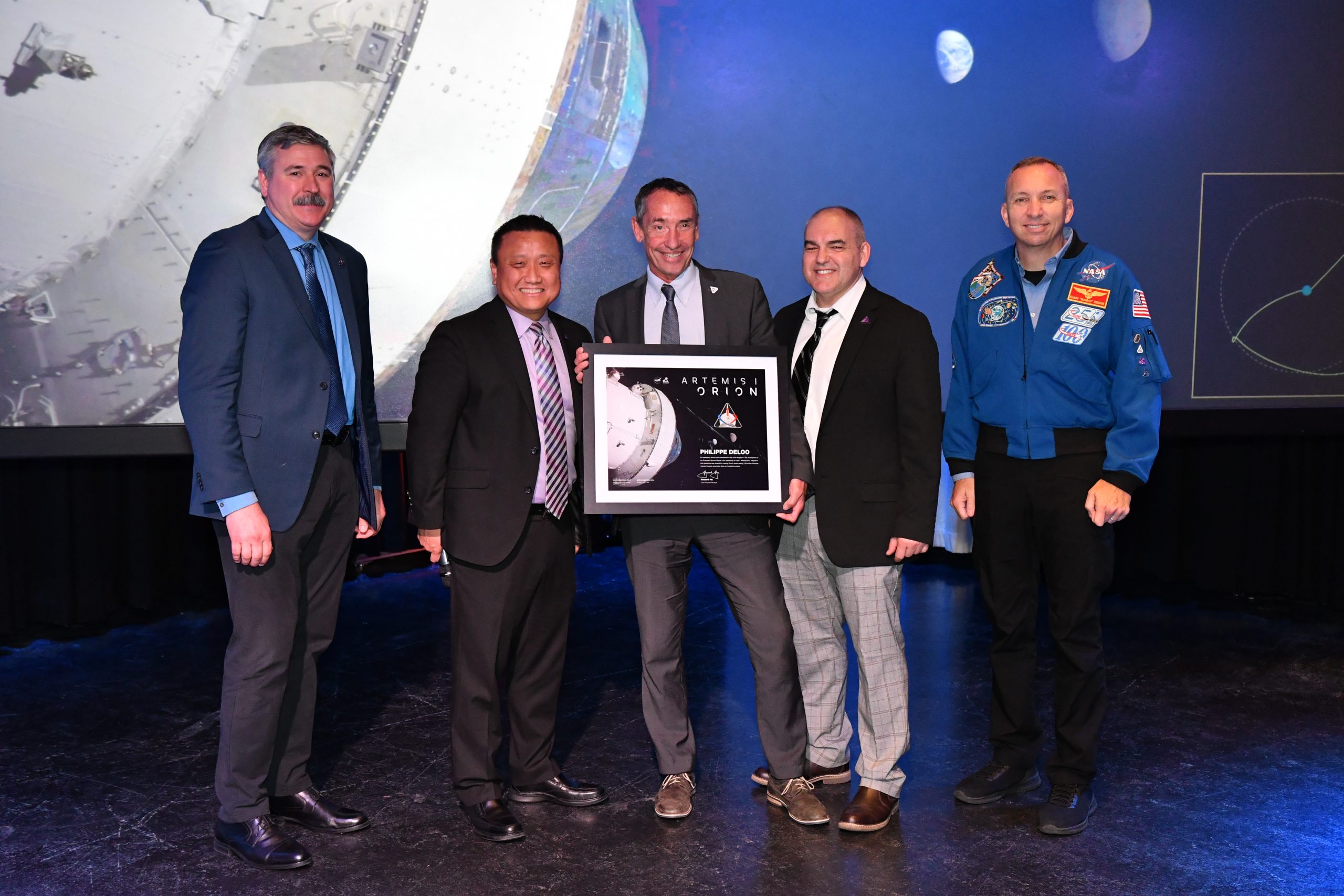
Mike Sarafin, Howard Hu, Carlos Garcia-Galan, Randolph Bresnik and Philippe Deloo at ESA’s technical heart in the Netherlands, ESTEC
Credit: ESA-A. Conigli
Do you have any advice for future generations interested in space exploration?
Just go for it! Try to be there at the right moment when there is an opportunity. Work hard and be serious in doing your job; people will see this and trust you. Believe in your dream.
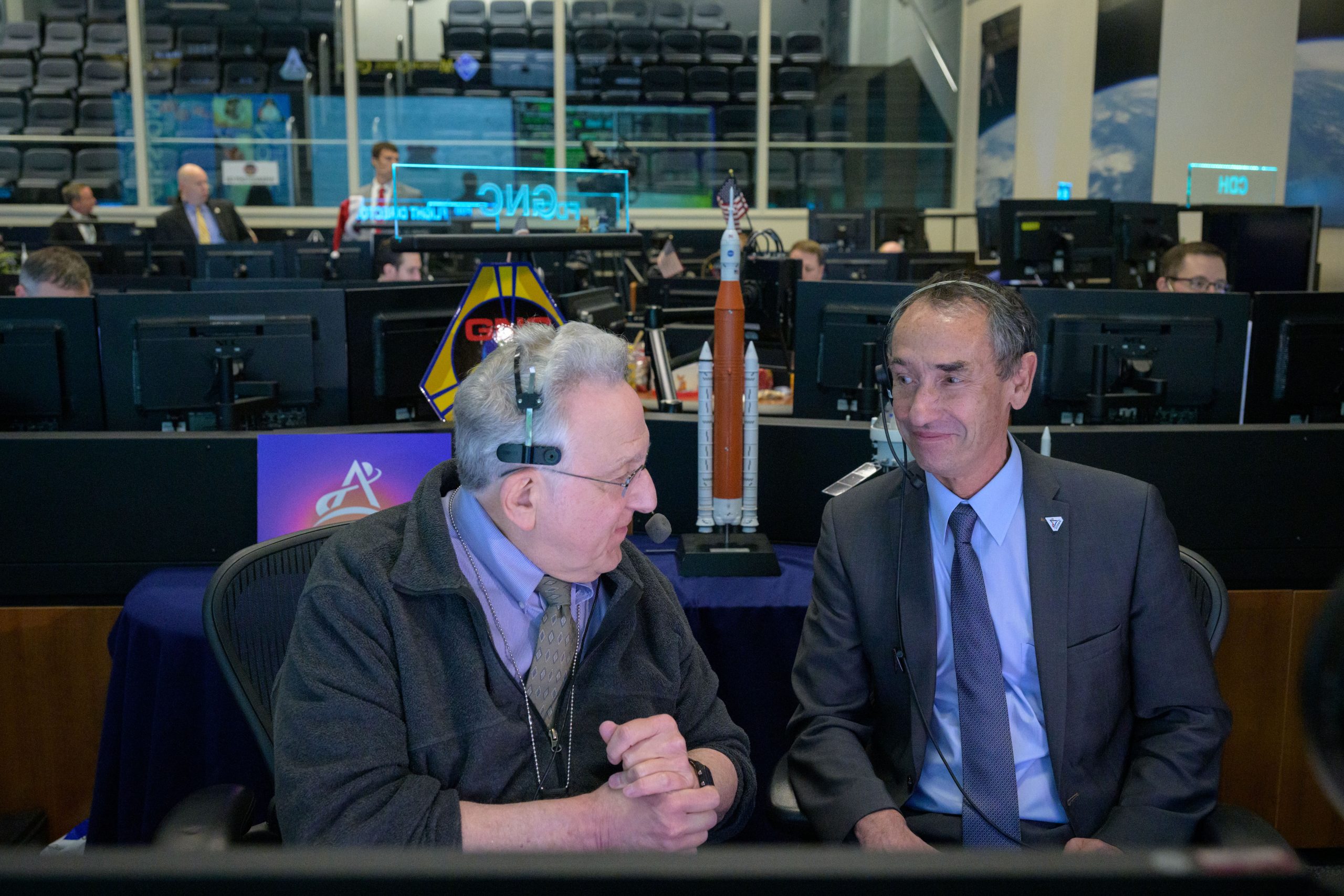
Philippe Deloo speaking with Rob Navias for NASA TV during the Artemis I mission
Credit: NASA
After 12 years as project manager of the European Service Module at ESA, Philippe is handing over the keys of the ESM project to Jan-Henrik Horstmann.

 Automated Transfer Vehicle page
Automated Transfer Vehicle page ATV blog archive
ATV blog archive
Discussion: 2 comments
Proud!
Thank you Mme Deschamps, very good interview,article
Congratulations Mr Horstmann,joyful news
Cordial
Herman vdbr
B3390 Tielt Winge
Hermann Oberth- Wernher von Braun